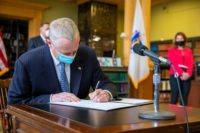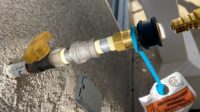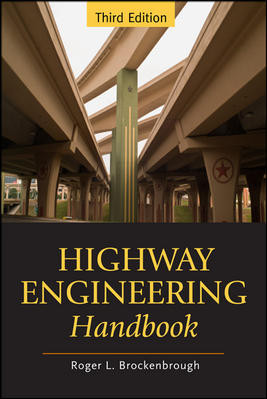By 2035, California will require all new cars, SUVs and light-duty trucks sold in the state to be zero emission vehicles, following approval Aug. 25 of the Advanced Clean Cars II rule by the California Air Resources Board—the agency responsible for air pollution protections.
Beginning in 2026, the phaseout will require automakers to sell an increasing percentage of electric and hydrogen vehicles, as well as plug-in hybrids in limited proportion, before hitting the 100% zero-emission mark in 2035.
Currently, 16% of new vehicles sold in California are either zero-emission or plug-in hybrid, according to the board
The rule is bolstered by legislative approval of Gov. Gavin Newsom’s (D) 2022-23 budget proposal, which includes $300 million to expand EV charging infrastructure, part of a $2.7-billion total for the fiscal year in overall EV investment initiatives.
Adding more electric and hydrogen vehicle charging stations will be front of mind for infrastructure efforts related to the rule. The current number is insufficient to support the increase of zero emissions vehicles on California roads as a result of the rule, “especially in places like apartments and other areas where there's not necessarily guaranteed parking stalls or charging stations, ” says Peter Tateishi, CEO of AGC California.
With an uneven regional distribution, “there's going to be a need to enhance the whole network across the state,” particularly to support long-distance driving, he adds.
Another challenge will be investing in grid capacity, particularly to accommodate the likely number of electric vehicles on the road after 2030.
By then, the board estimates 5 million zero emissions vehicles on the road by 2030 will comprise about 7% of annual electricity usage and 1% of peak demand, but usage will grow significantly beyond that date with the increased number.
“That means if we're not making those investments starting now ... our grid capacity will get challenged after 2030,” says Tateishi.
New Construction Challenge?
“The contracting world has the capability of being able to meet this demand," he says. "The capacity is a different issue. The industry's continuing staff shortages will come up against an influx of infrastructure act funded projects related to the 2028 Olympics in Los Angeles, creating a lot of competition, notes Tateishi.
California has long been a leader in vehicle emissions reduction efforts. EPA waivers under the Clean Air Act have enabled 17 states to adopt similar standards, with 15 specifically adopting California’s earlier Zero Emissions Vehicle regulation.
California’s new rule sets the stage for states to follow its lead. “We’re ready to adopt California’s regs by end of this year,” announced Washington state Gov. Jay Inslee in an Aug. 24 tweet, referencing a report of the rule ahead of the agency’s vote. Oregon followed the next day, with the state Dept. of Environmental Quality saying in a statement that it was “moving forward with a proposed rule similar to California’s Advanced Clean Cars II regulation.”
But other states have vowed to push back against California’s ability to set its own emissions rules.
Transportation accounts for roughly half of California’s greenhouse gas emissions. “Rapidly accelerating the number of [zero emissions vehicles] on our roads and highways will deliver substantial emission and pollution reductions,” said board Chair Liane Randolph in a statement.






